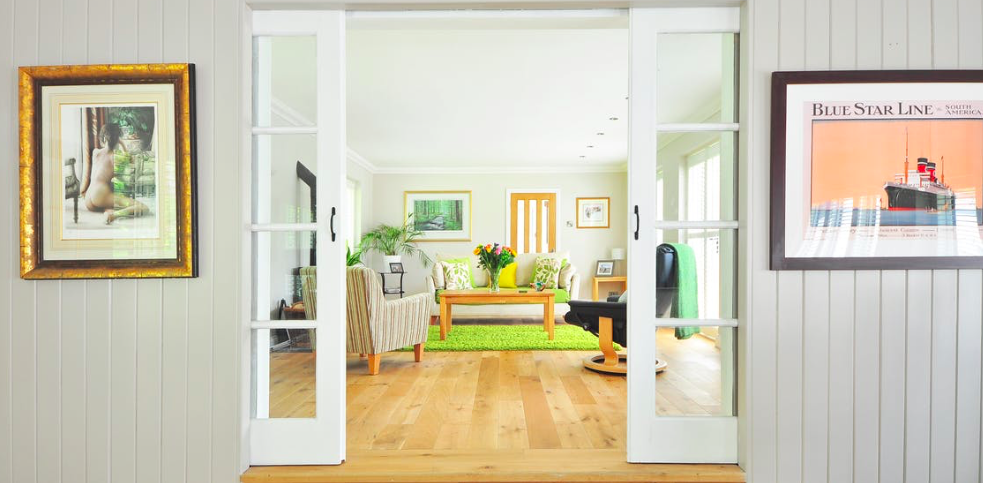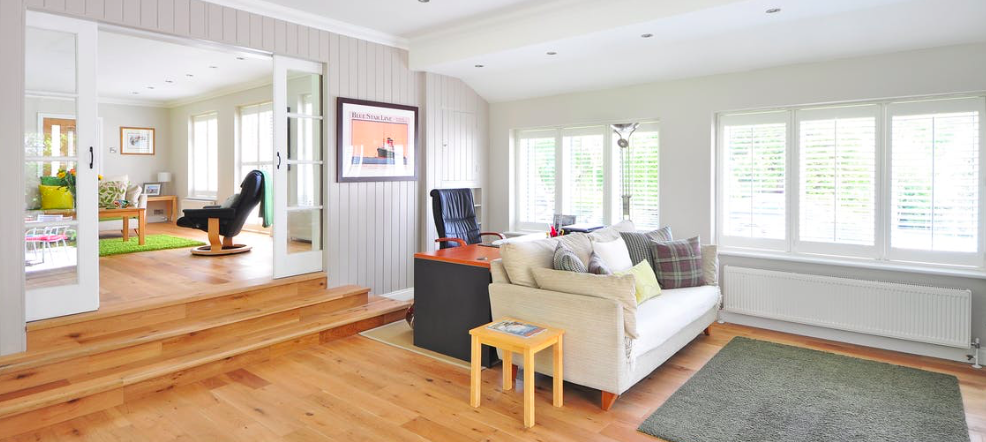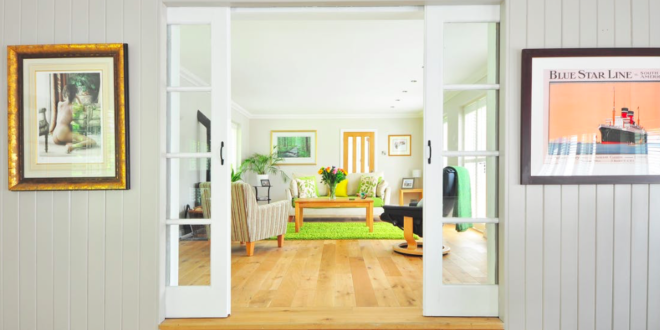Home Staging Techniques 1 – Get Going Now
Ensure that your home looks its absolute best the minute it goes on the market – home stagers are very efficient at adding a feeling of value.
Home Staging Techniques 2 – The ‘D’ Word
De-Clutter. We have acquired more and more ‘stuff’ over the years. Not all homes were designed for a TV in every room, let alone the DVD player or trinkets on every surface. Having every surface covered with things makes the place look untidy and smaller.
The aim is to create ‘space in your place’ so don’t just shift it to another spot. If you don’t use it, lose it!
Home Staging Techniques 3 – The ‘C’ word
Clean. No one likes the idea of living with other people’s dirt. If your home smells and looks clean you are creating a great environment for viewers. You want your viewers to be thinking about buying your home…not Cleaning it.
Cleaning your home goes hand in hand with decluttering it. So get the bin, bags, dusters, sponges and rubber gloves out and get cleaning.
Like De-Cluttering, tackle a room at a time. Don’t forget to clean windows, they will let in a lot more light, and make the place feel brighter and bigger.
Polish door fittings, taps, sinks and anything that will add a gleam to your home.
By both decluttering and cleaning your home, you will have done 2 of the most effective things you can in preparing your home to sell. Don’t underestimate their importance.
What next?
Candles and defusers are great to use as well. Vanilla scents in your kitchen will automatically make people feel at home.

Home Staging Techniques 4 – The ‘S’ word
Streetside Appeal. Viewers will be looking to see how well your home is turned out – does it pass the ‘first reaction’ test? How well does your home look compared to the others on the street? Does the gate work? Are the gardens looking good or full of weeds? Is the pathway clear or does it resemble an obstacle course, full of odds and ends, wheelie bins, the recycle box and the kid’s toys?
All these little details matter. They add up to a picture in the viewer’s mind… is this house welcoming, well looked after, appealing or is it a disappointment? Your neighbours may not be selling, but you don’t want your home to be seen as a disappointment to the viewer because it doesn’t compare well with the neighbours.
Home Staging Techniques 5 – Do That DIY
Finish all the little odd jobs that need doing around the house. People notice and it is off-putting because they are seeing work, not their new home. They may also overestimate how much it will cost to fix.
Home Staging Techniques 6 – The Other ‘D’ Word
Depersonalise. This really goes hand in hand with de-cluttering and cleaning. Don’t distract the viewer with all of your bits and pieces. Take down the ‘Grade 4 piano’ certificates, replace that funny poem about farting in the bathroom, and thin out the photos in the living room. All these will end up distracting the viewer, they will concentrate on looking at things that tell them about you and not the house.
Keep bathroom personal care products out of view.

Home Staging Techniques 7 – Keep It Tidy
Selling is hard work because you have to be ready for ‘that’ viewing at any moment. This means that you really have to get into the habit of tidying away as you go along.
Washing should be in the laundry bin, in the machine or away in the cupboard. Don’t let your viewers have to negotiate a clothes airer in the bathroom or bedroom, it won’t leave a good impression. Likewise, don’t leave dirty dishes in the sink or a pile of clean dishes on the draining board…clear it away.
Home Staging Techniques 8 – Make Each Room Count
It’s simple really. When buying we tend to look for a 3 bedroom house, a 2 bedroom apartment i.e. we buy by the number of rooms. This is the time to beg, borrow or hire furniture which can add value and appeal to your home.
What you want the viewers to do once they leave your home and go away to think about it and talk about it with their partner is to remember each and every room.
Often I see properties with rooms that are general dumping grounds, or confused because there is no obvious use for them, like a dining room piled high with office equipment and filing cabinets, or the second bedroom empty but for a set of drums and a wardrobe.
This is a real mistake because if a viewer can’t see what the room is for they may well dismiss it as unusable or worse forget it. Make each room count. Give each room a purpose or use so that your viewers can see how they could use it. Property is expensive, make sure that yours offers the viewers good value for money.
Home Staging Techniques 9 – Grow the Space
Buyers are buying space. Space is a premium so you want to make the most of yours.
When selling your home think of ways of making the rooms look bigger.
Firstly in your main rooms try and thin out the furniture. If you have a number of side-tables and footstools could you move one or two out of the room – the more floor that can be seen the larger a room will feel.
Try and keep the lines of the room clean. Clear away stuff stored on top of kitchen and bedroom cupboards, these make a room feel over-stuffed and suggest a lack of storage space.
If you are selling, consider renting a storage unit for a couple of months. Pack up all those things you won’t need for the next few months like last seasons clothes, holiday stuff that you don’t need and any long-term stored items that you will have to pack up before the move. The great thing about this is not only will your home feel larger but also you have tackled some of the packings before the big day.
Home Staging Techniques 10 – Light = Space
Think about trying to get as much light into your home as possible. Pull back the curtains and give the nets a wash.
Change light bulbs in all the appliances. Increase the wattage in those lights that illuminate internal spaces like hallways and bathrooms. (Don’t overload the appliances though). Even on bright days, I like to have a little artificial lighting on to add some depth to the rooms.









Join the Discussion
Type out your comment here:
You must be logged in to post a comment.